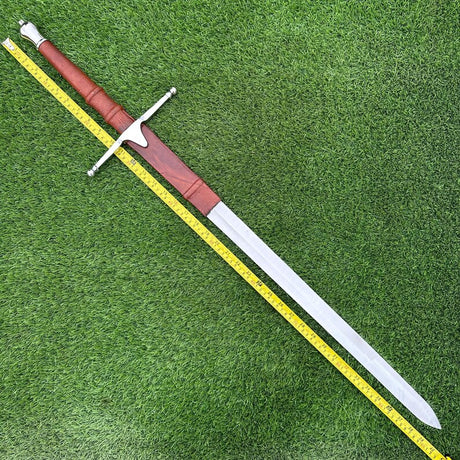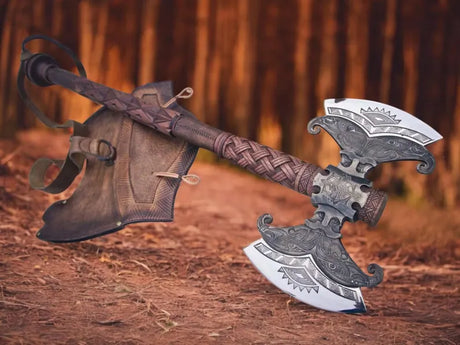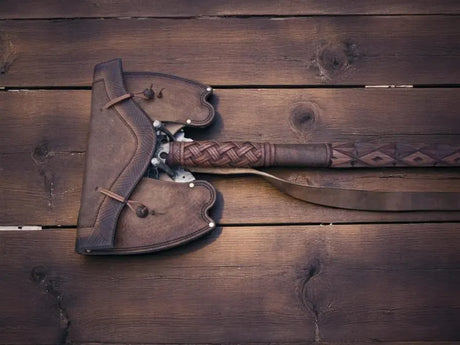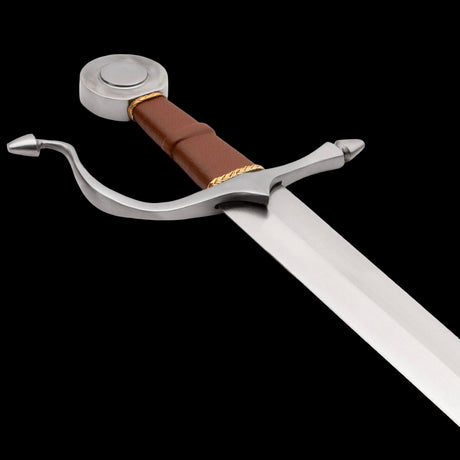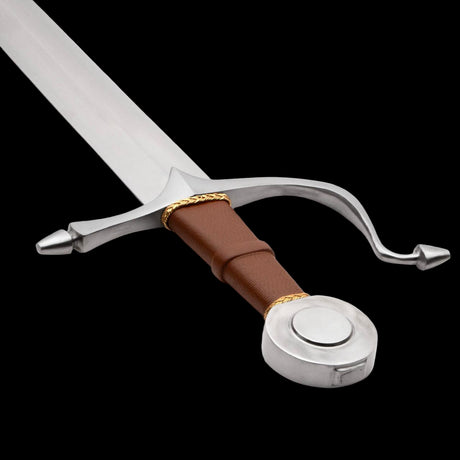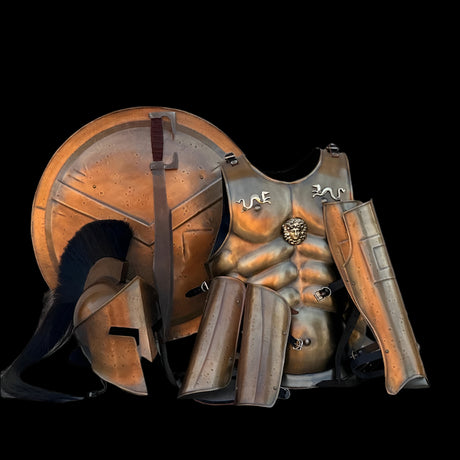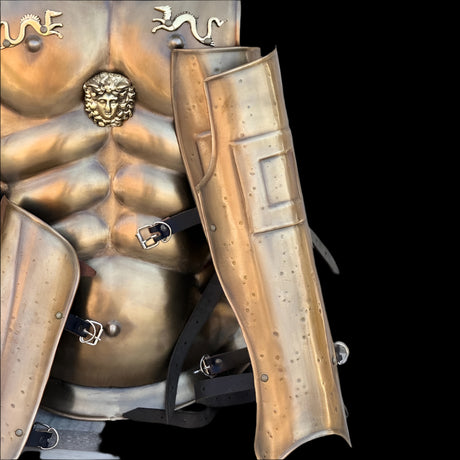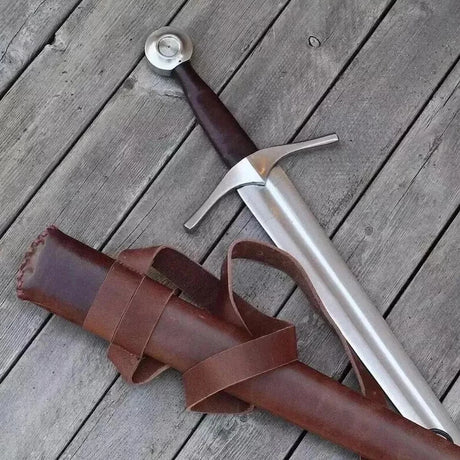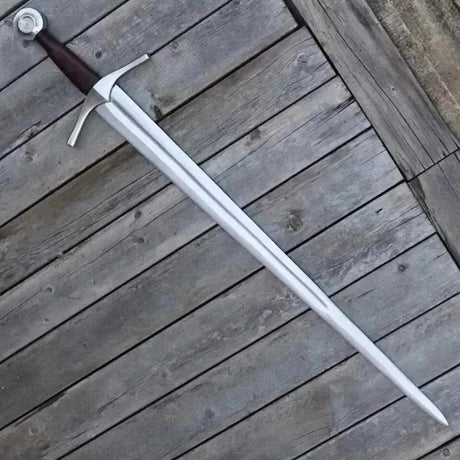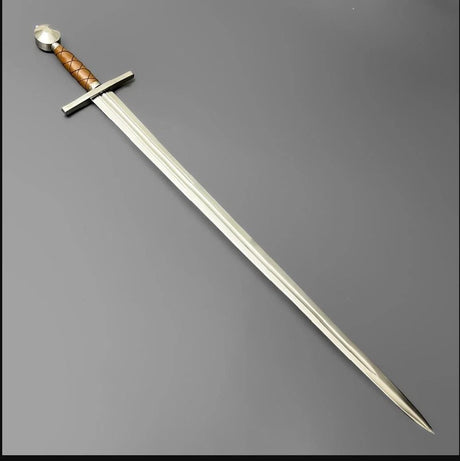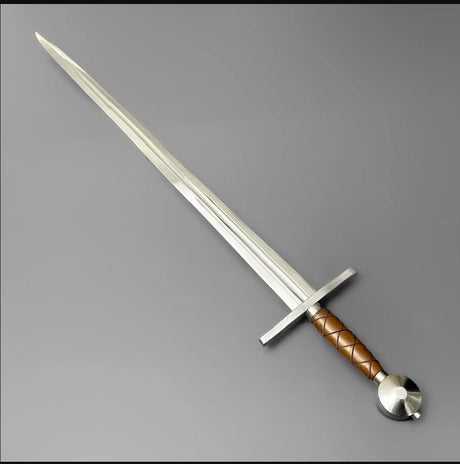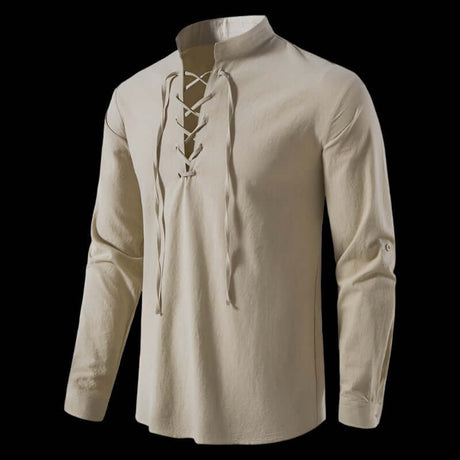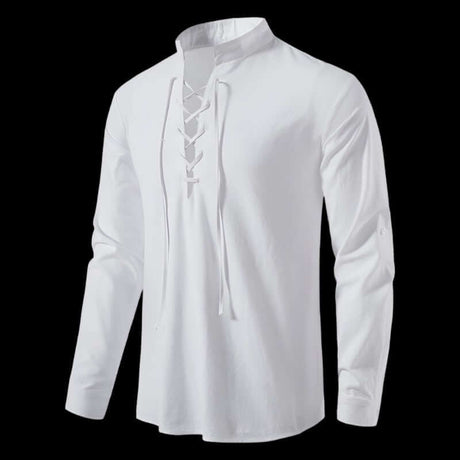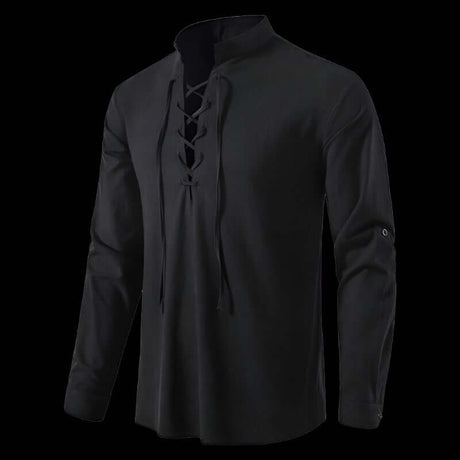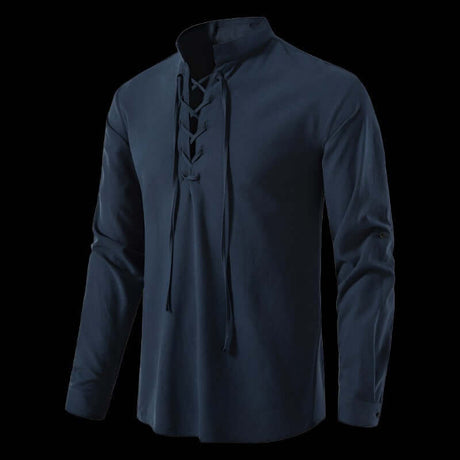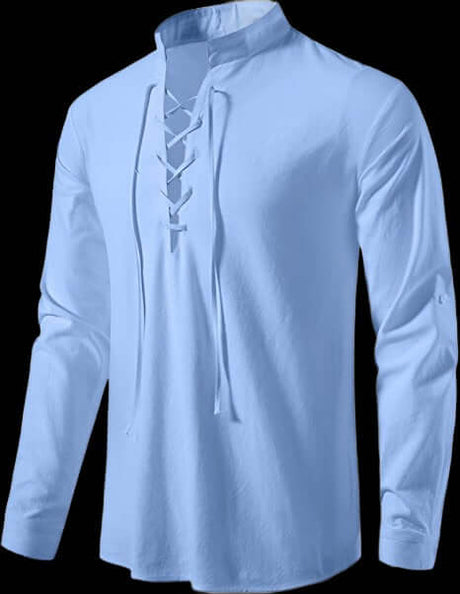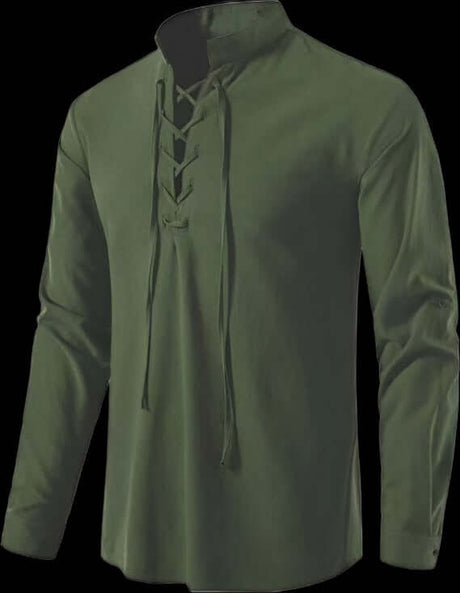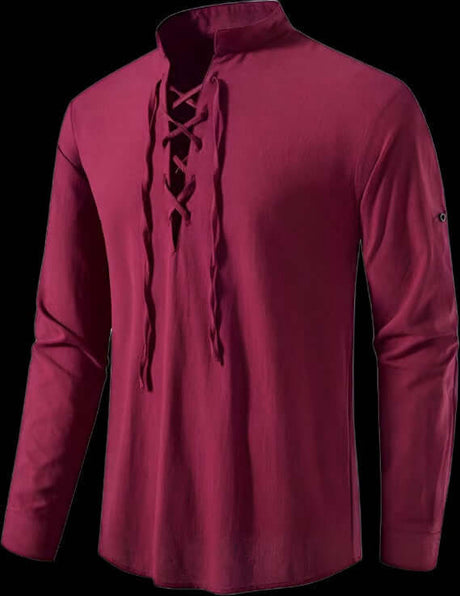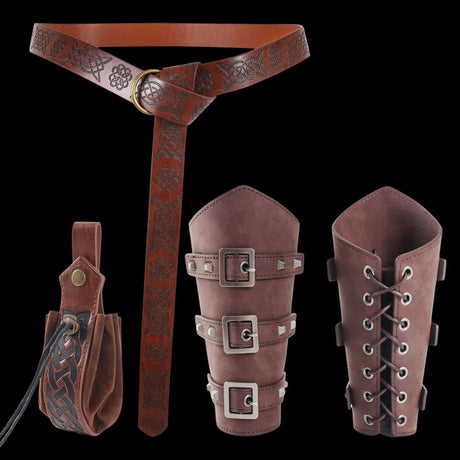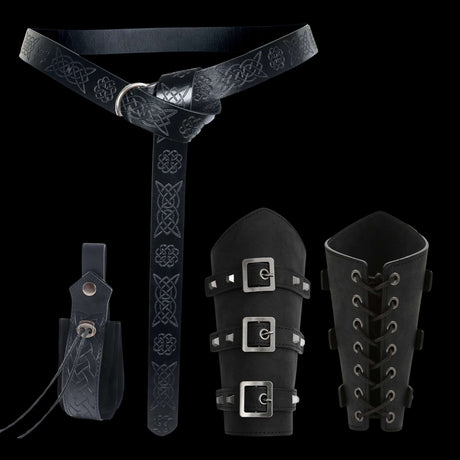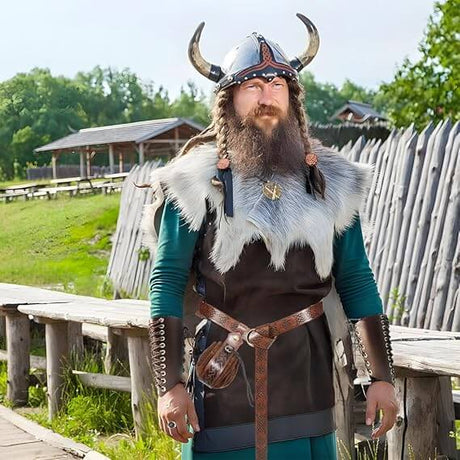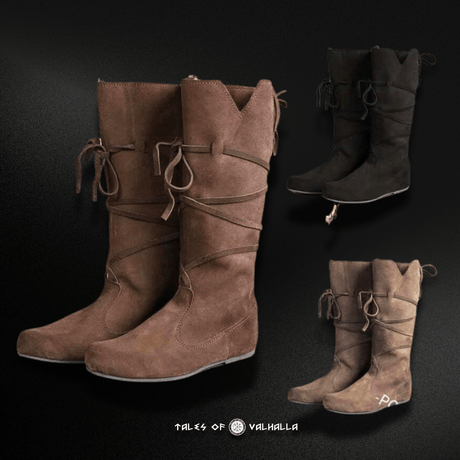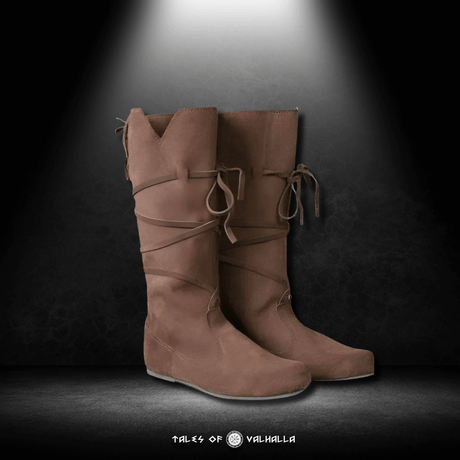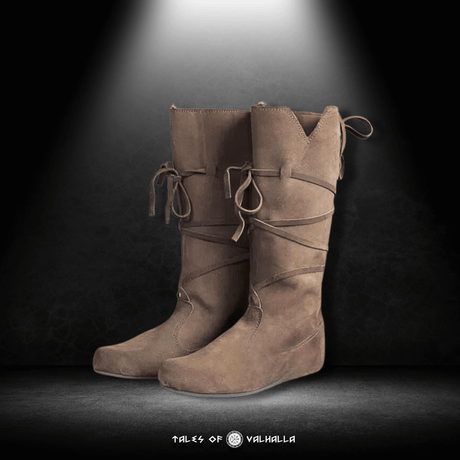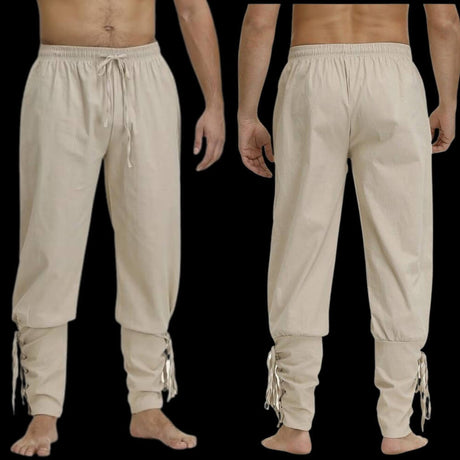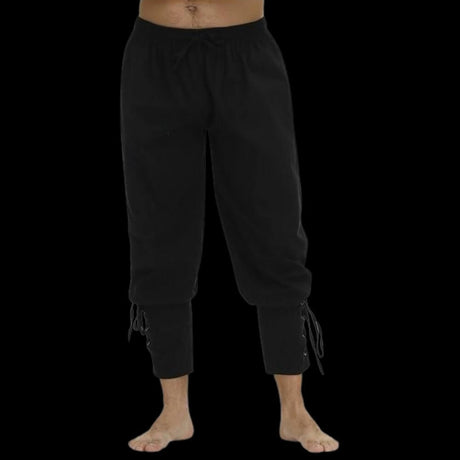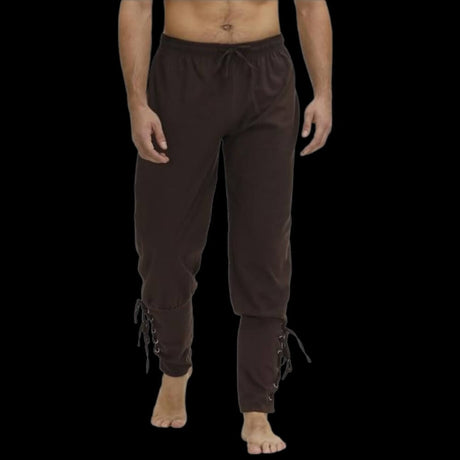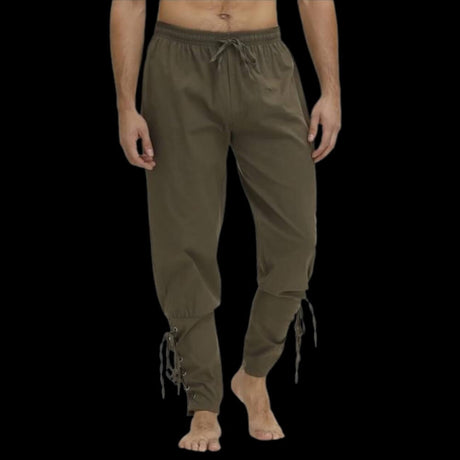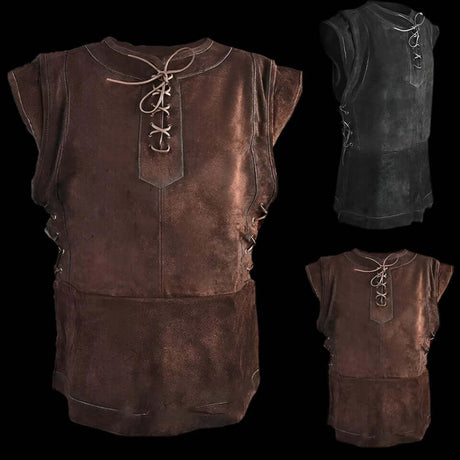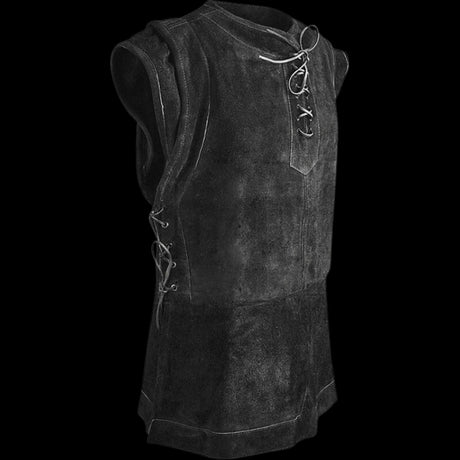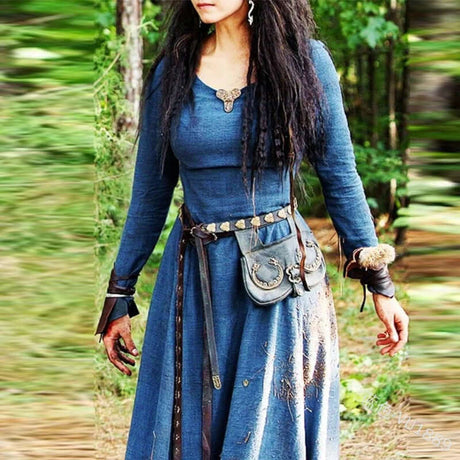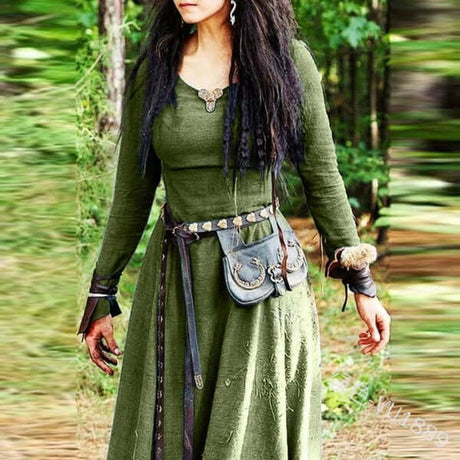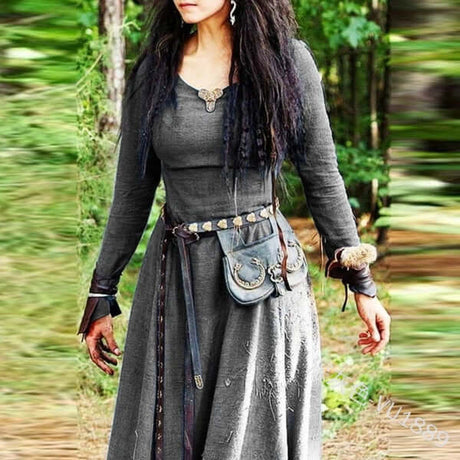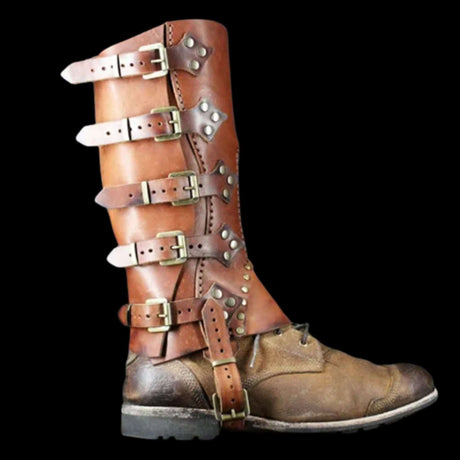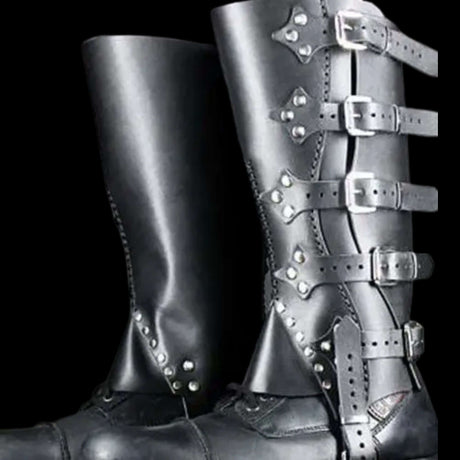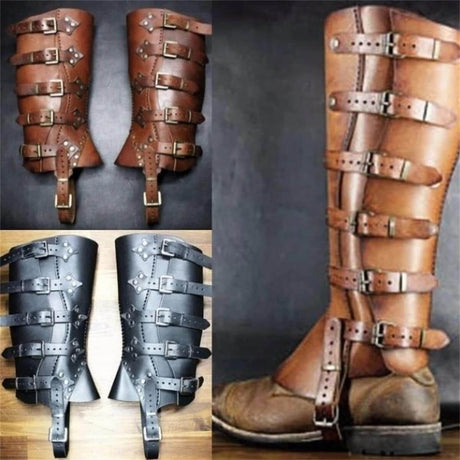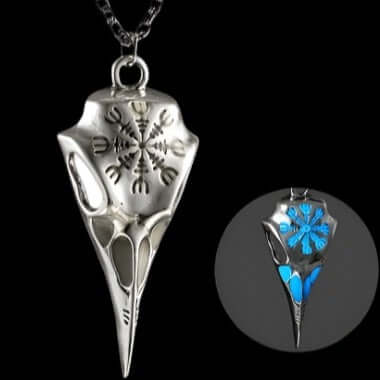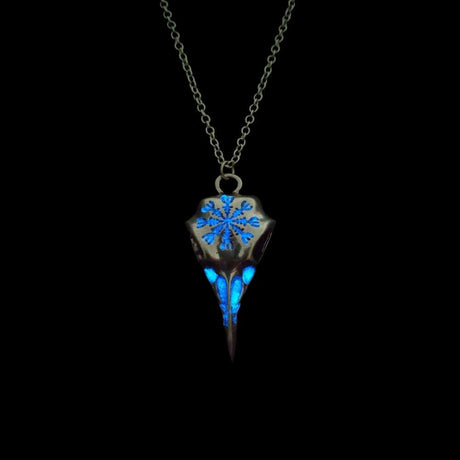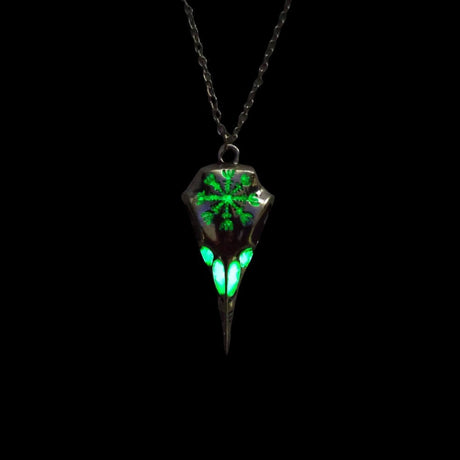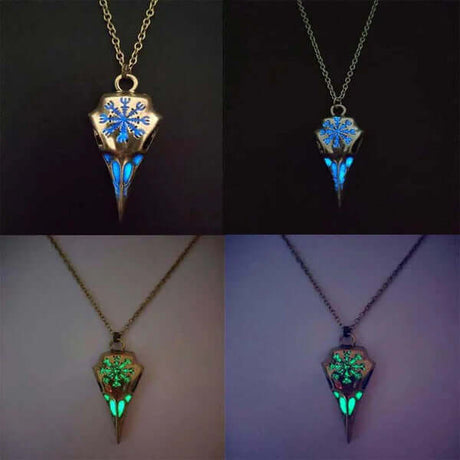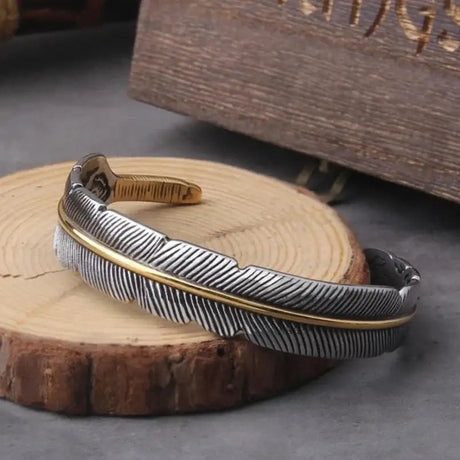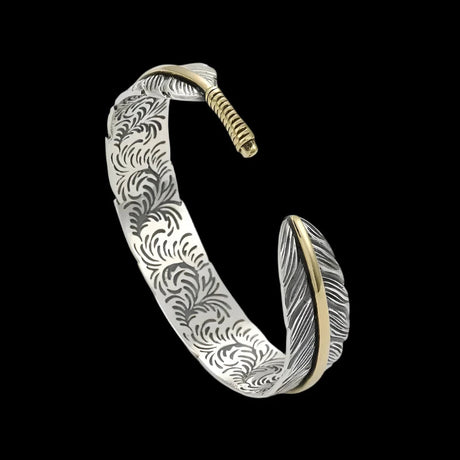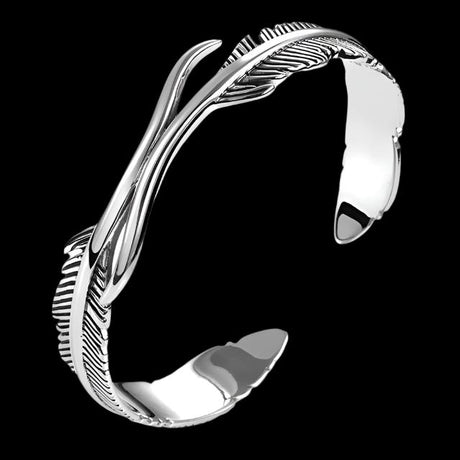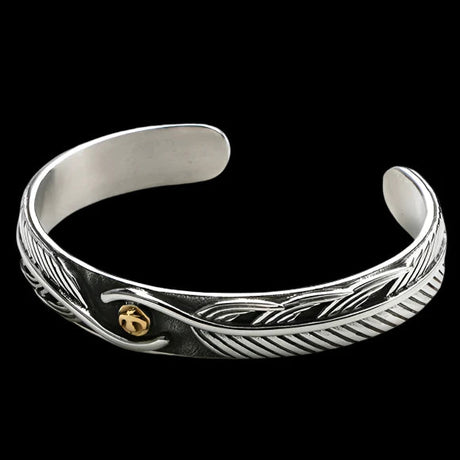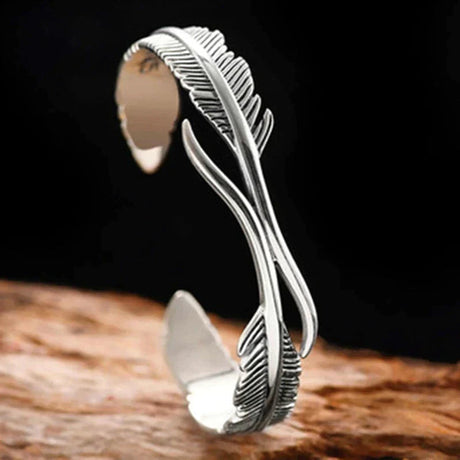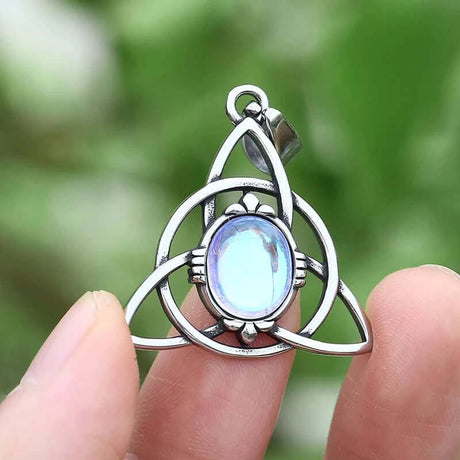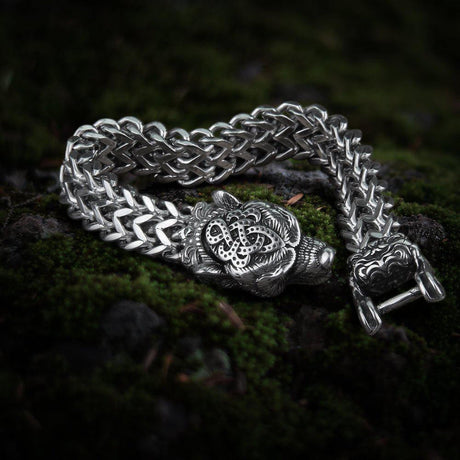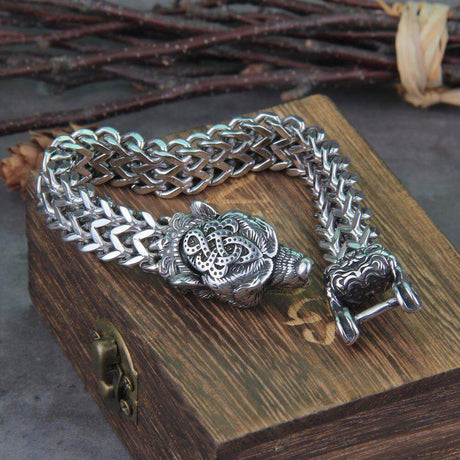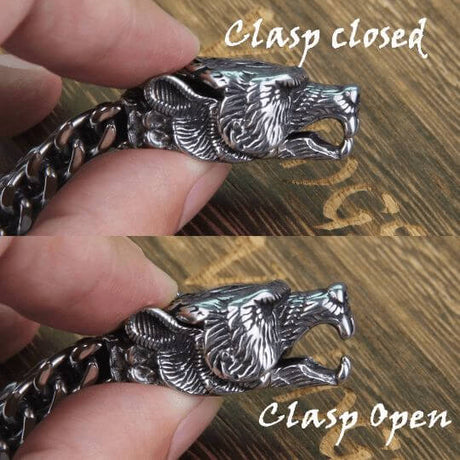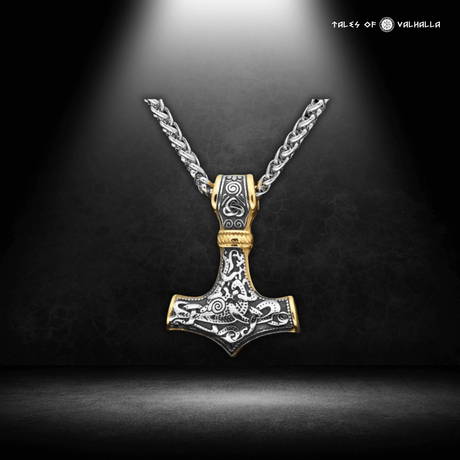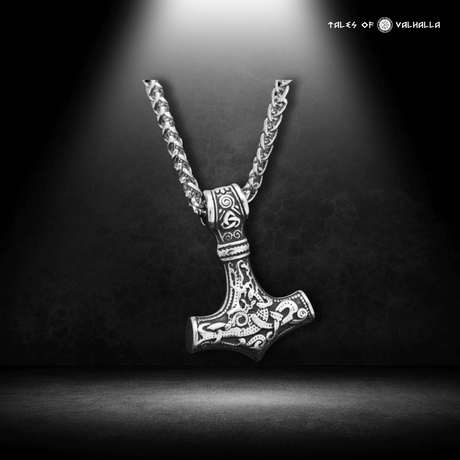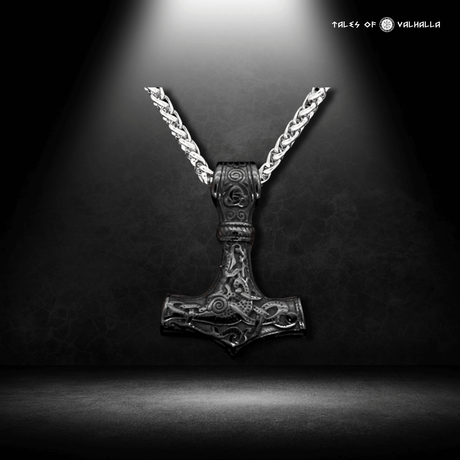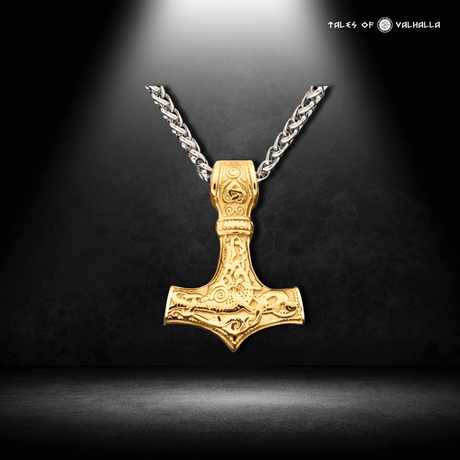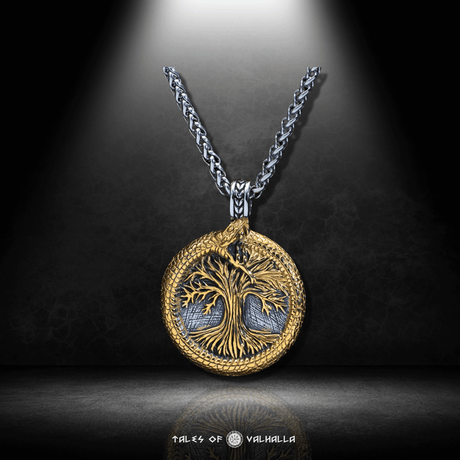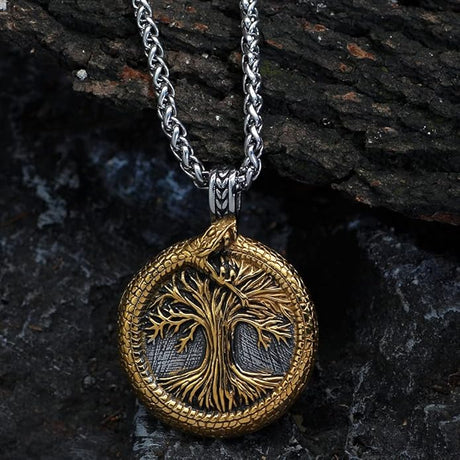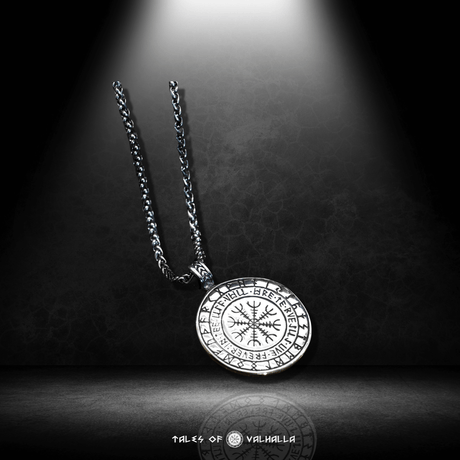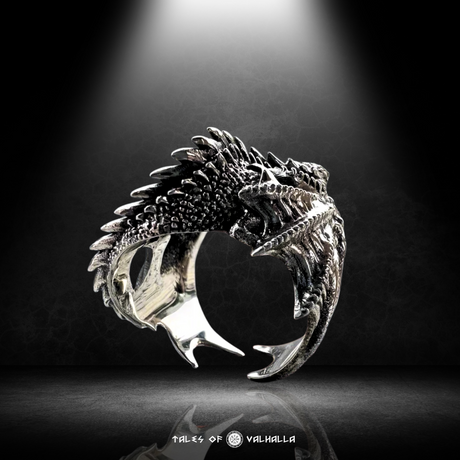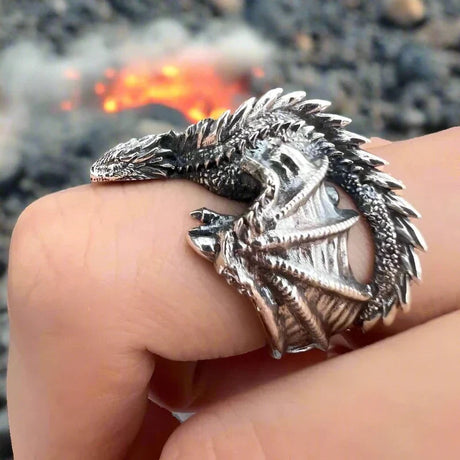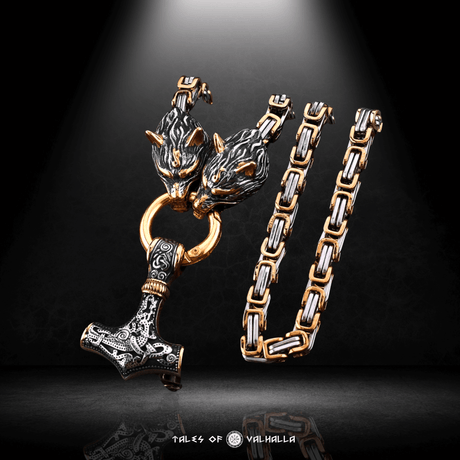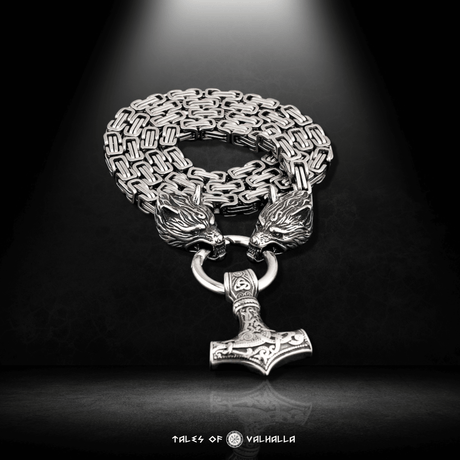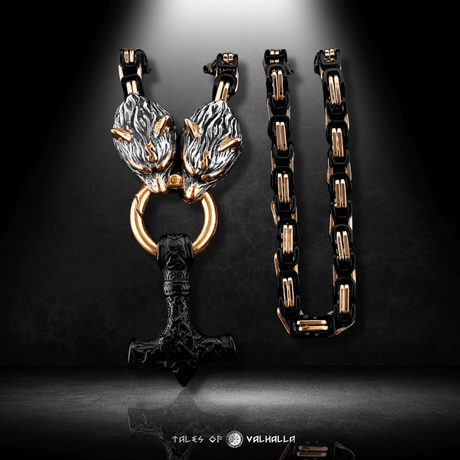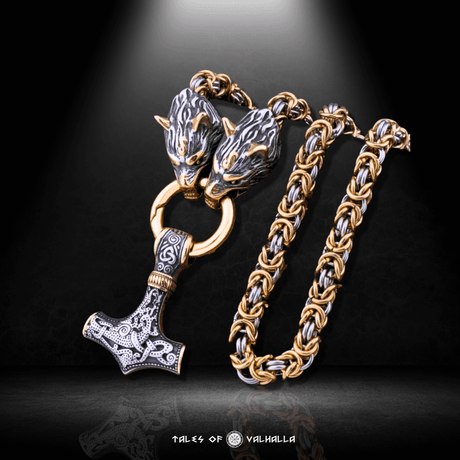When we picture the Viking Age, our senses are filled with powerful imagery: the crash of waves against a longship's hull, the clang of swords on shields, the roar of a battle cry. But what about the quieter moments? What about the voices? What language did Vikings speak in the fire-lit longhouse, the bustling marketplace, or as they navigated the unforgiving northern seas? The answer is a language as rugged and powerful as the people themselves: Old Norse.
But this isn't just a dusty historical footnote. The answer to "What language did Vikings speak?" is far more personal and relevant to you, an English speaker in the United States, than you might ever imagine. The tongue of the Vikings didn't die out; it adapted, it integrated, and its echoes are embedded in the very words you use every single day. This deep dive will explore the world of Old Norse, from its guttural sounds and runic script to its incredible and often invisible legacy in modern English.
The Tongue of the Northmen: Introducing Old Norse
The primary language spoken across Scandinavia during the Viking Age (roughly 793-1066 AD) was Old Norse. It was a North Germanic language, which means it belongs to the same family tree as English, German, and Dutch. Think of them as linguistic cousins, sharing a common ancestor in what scholars call Proto-Germanic.

The Tongue of the Northmen: Introducing Old Norse
Not a Monolith: The Dialects of Old Norse
Just as modern English has different accents and dialects in the US, UK, and Australia, Old Norse was not a single, uniform language. By the Viking Age, it had begun to diverge into two main dialects, largely following the Vikings' own paths of expansion:
- Old West Norse: Spoken in Norway and its colonies, including Iceland, Greenland, the Faroe Islands, and Viking settlements in Ireland and Scotland. Most of the famous sagas and Eddic poetry were written in this dialect, so it's often considered the "classical" form of Old Norse.
- Old East Norse: Spoken in Denmark and Sweden, and by the Varangian Vikings (the Rus') who traveled the river routes of Russia.
It's crucial to understand that during the Viking Age, these dialects were still very similar and mutually intelligible. A Dane could easily converse with a Norwegian, and a Swede could understand an Icelander. The answer to "What language did Vikings speak?" was, for all practical purposes, a single, shared tongue.
What Did Old Norse Sound Like?
Forget the grunting, monosyllabic "barbarian" speech of old Hollywood movies. Old Norse was a complex and expressive language, capable of both brutal battlefield commands and breathtakingly intricate poetry.
- A Guttural and Melodic Sound: Based on reconstructions, Old Norse likely had a rich, somewhat guttural sound. It featured hard consonants and rolled 'R's. It also had several unique vowel sounds that we no longer have in English, represented by letters like ø (like the 'i' in "bird"), æ (like the 'a' in "cat"), and þ (the "th" sound in "thorn").
- Hearing it Today: The closest living language to Old Norse is modern Icelandic. Due to Iceland's geographic isolation, its language has changed remarkably little over the past thousand years. Listening to someone speak Icelandic today is the closest you can get to hearing what the language of the Vikings might have sounded like.
Story Vignette 1: The Monk's Eavesdropping Imagine a young Anglo-Saxon monk named Aidan, captured during the raid on Lindisfarne. Huddled in the corner of a beached longship, he listens to his captors speak around their campfire. At first, the language is a chaotic jumble of harsh, alien sounds. "What language did Vikings speak?" he wonders in terror. But as days turn into weeks, his ear begins to attune. He starts to pick out words that are strangely familiar, like distorted echoes of his own Old English. He hears hús (house), sverð (sword), skip (ship). It's not just grunting; it's a complex and structured language, a cousin to his own. He realizes with a jolt that these fierce raiders are not as alien as he first believed.
From Voice to Stone: The Written Language of the Vikings
Old Norse was primarily an oral language, used for storytelling, lawmaking, and everyday communication. But when the Vikings needed to write something down, they didn't use the Latin alphabet we use today. They used runes.
The Runes: More Than Just an Alphabet
Runes were an alphabet, but they were also more than that. Each runic character, or "stave," had a name and a symbolic meaning, and was believed to hold inherent power. The act of carving a rune was not just writing; it could also be a magical or ritualistic act. This is a vital part of understanding the context of what language did Vikings speak.
The Shift from Elder to Younger Futhark
The runic alphabet evolved over time.
- Elder Futhark: The oldest runic script, consisting of 24 characters, was used from around 150 to 800 AD, during the pre-Viking Germanic Iron Age.
- Younger Futhark: At the beginning of the Viking Age, this system was simplified into the Younger Futhark, which had only 16 characters. This was the primary alphabet used by the Vikings for their runestones and everyday inscriptions. The fact that the system was simplified to cover the same range of sounds shows a focus on practical, efficient writing.
Table: Comparing Elder and Younger Futhark
This shift is key: when we ask "what language did Vikings speak and write?", the answer for the Viking Age proper is Old Norse, written in Younger Futhark.
The Viking Linguistic Invasion: How Old Norse Shaped the English Language
This is where the story gets personal. The answer to "What language did Vikings speak?" is a language whose ghost lives on in your own vocabulary. The Viking presence in England was not just a series of raids; it was a long period of conquest, settlement, and cultural exchange that permanently altered the course of the English language.

The Viking Linguistic Invasion: How Old Norse Shaped the English Language
Conflict and Coexistence: The Danelaw
After the invasion of the Great Heathen Army in 865 AD, a large portion of northern and eastern England was ceded to Viking control. This territory, known as the Danelaw, was a place where Old Norse was spoken alongside Old English for centuries. This prolonged, intimate contact between two closely related languages led to a massive borrowing of words.
Everyday Words You Didn't Know Were Viking
The words that English borrowed from Old Norse weren't just obscure terms; they are some of the most common and fundamental words we use every single day. The influence of the Viking language is not a footnote; it's written into the DNA of English. When you ask "What language did Vikings speak?", you are asking about the origin of your own words.
Here are just a few examples:
- Nouns: anger, bag, bull, dirt, egg, fellow, guest, husband, keel, knife, law, leg, race, root, scale, score, seat, sister, skin, skirt, sky, steak, window
- Verbs: are, call, cast, clip, crawl, cut, die, get, give, glitter, hit, lift, raise, ransack, rid, run, scare, scrape, seem, sprint, take, thrive, want
- Adjectives: awkward, flat, happy, ill, loose, low, odd, sly, ugly, weak, wrong
- Pronouns (The Big One!): Perhaps the most profound influence was the adoption of the Old Norse pronouns they, them, and their. Old English had its own pronouns, but the Norse versions were adopted because they were clearer and less ambiguous. This is an incredibly rare event in linguistic history—it's very unusual for a language to borrow something as fundamental as its core pronouns.
Table: Common English Words with Old Norse Roots
Story Vignette 2: The Modern Viking Echo Imagine a couple in modern-day Chicago. Sarah gets home from work and says to her husband, Ben, "Honey, could you take the knife and cut the steak for dinner? My leg is killing me. It feels wrong." Ben looks out the window at the gray sky and replies, "They said the weather would be ugly today." In just two sentences, this American couple, with no conscious thought of the past, has used at least ten words given to English by the Norsemen. The answer to "What language did Vikings speak?" is echoing in their kitchen, a linguistic ghost from a thousand years ago.
The Legacy in Scandinavia and Beyond
The influence of the Viking language didn't just radiate outwards; it also evolved within its homeland.
The Mother Tongue of the North
Old Norse is the direct ancestor of the modern North Germanic languages spoken today:
- Danish
- Swedish
- Norwegian
- Icelandic
- Faroese
While Danish, Swedish, and Norwegian have evolved significantly and been influenced by other languages (like Low German), they still share a vast amount of vocabulary and grammatical structure rooted in Old Norse.
Icelandic: A Living Fossil?
Modern Icelandic is a special case. Due to the island's geographic isolation, the Icelandic language has changed remarkably little from the Old Norse spoken by the original settlers over 1,100 years ago. An Icelander today can read the ancient sagas with far greater ease than an English speaker can read Chaucer or Beowulf. Listening to Icelandic is the closest we can come to hearing the answer to "What language did Vikings speak?"
Answering the Question in Full
So, let's circle back to our central question. "What language did Vikings speak?" They spoke Old Norse, a North Germanic language that was the common tongue of Scandinavia during the Viking Age. It was a language with distinct western and eastern dialects, written in a unique script called runes (primarily the Younger Futhark).
But the simple answer "Old Norse" fails to capture the full story. They spoke a language that was complex enough for breathtaking poetry, practical enough for law and trade, and powerful enough to permanently alter the course of other languages, most notably English. The Viking language was not just a tool for communication; it was a vehicle for their culture, a reflection of their worldview, and one of their most enduring legacies.
Conclusion: The Enduring Echo of the Viking Tongue
What language did Vikings speak? Old Norse—the tongue of sagas, runes, and exploration. And its echoes live on today, hidden in everyday English words like sky, get, take, and they.
The Norse may be gone, but their voices remain. At Tales of Valhalla, we celebrate this living legacy—reminders that the Viking spirit still speaks through us.











